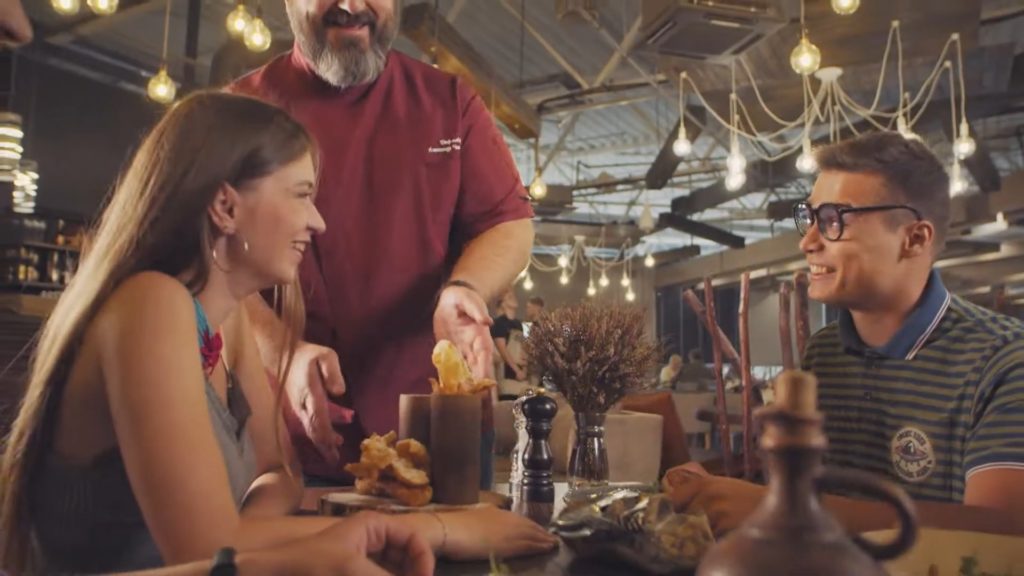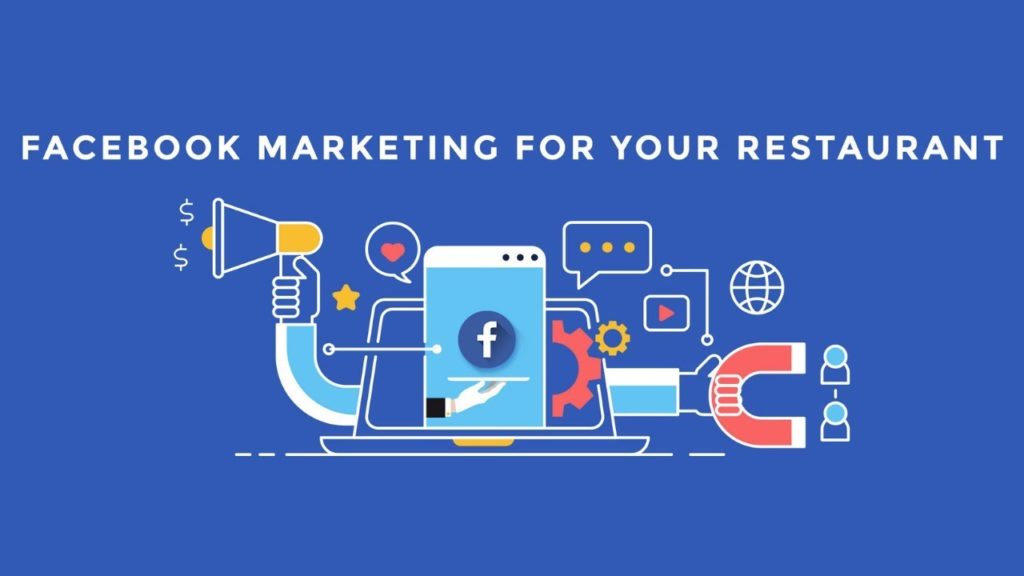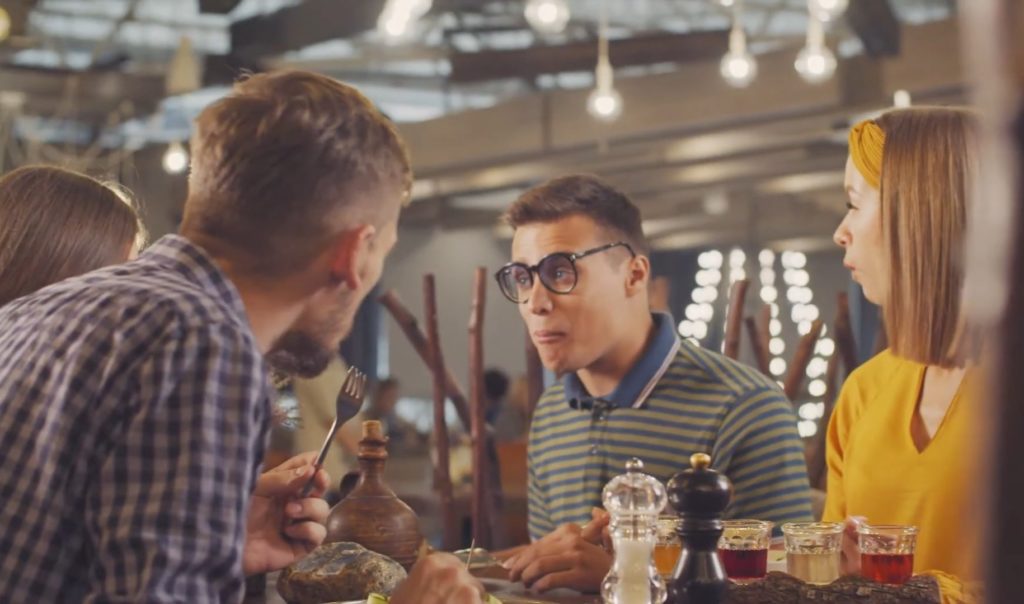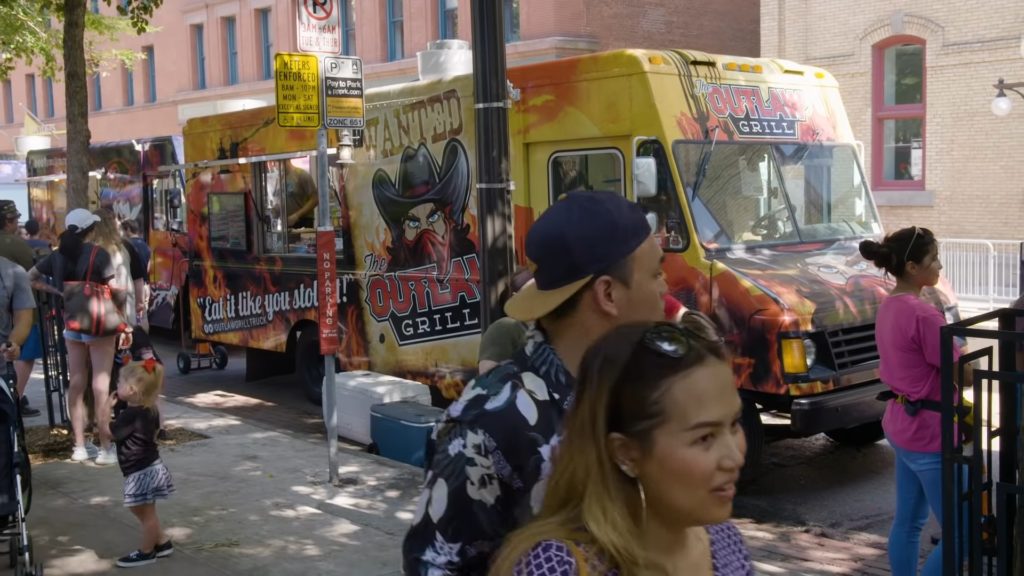Dessert can play a vital role in retaining restaurant customers if it is sold as a star product. Several strategies are possible. It is always a temptation for customers. A little help is therefore enough for it to be sold regularly and thus help the restaurant to increase its revenue.
Perhaps you have wondered how to strengthen the role of desserts in your restaurant? Read the rest of this article and find out how to not just offer your desserts, but to sell them!
Find out how many desserts you sell
In principle, if you want to increase the sales of desserts, it is important to know the consumption of desserts in your establishment per day and per service . Perform a scan for a specific period (e.g. 1 month) to determine the following:
- The quantity of desserts sold , by hourly slices and in relation to the number of customers who visited your establishment during this period.
- The desserts on your menu that have sold the most , those that have sold the least, and during which services.
Once in possession of this valuable information, you will be able to carry out several marketing actions at the right times and at the times that need them most. This analysis will also allow you to know if your offer is working well or not.

Offer tailor-made desserts
You can go a step further and gather more qualitative and detailed information about the tastes of your customers. A management software like TheFork Manager allows you, for example, to save their preferences in a database that you can constantly update. Another idea: your waiters can gently ask customers what type of desserts they prefer, which ones they don’t like, what ingredients they are allergic to, and even which meal they crave for dessert the most. Do they favor dessert for lunch, dinner, or only occasionally? Then record the responses in this customer loyalty system.
Can you imagine what you could do with all this information? You could offer personalized desserts! You could craft a truly enticing offer that matches the general preferences of your diners , while still providing the perfect dessert for every customer. Result: all satisfied customers, who will always want to come back to taste this dessert from your restaurant that they like so much.
How To Use Storytelling To Retain Customers
Click to save your customers’ preferences and retain them with TheFork Manager
Fact: According to surveys by TheFork, restaurants offering chocolate desserts enjoy 27% more bookings.
Your desserts: neither too much nor too little
Another fundamental factor in increasing the sale of desserts is to offer a suitable quantity, so that the customer wants to try them. Indeed :
- If your menu only has 3 desserts, the customer will feel that you are not very motivated to sell this product and that is why your choice is so narrow.
- On the other hand, if you have an endless dessert menu, the customer will have a hard time making up his mind and will experience a feeling of frustration.
The idea is therefore to define the right quantity according to the types of desserts and their variety.
For example, define 5 types of recipes: pastries, fruits, typical desserts, ice cream, dairy desserts, and include one dessert from each category in your menu. You can of course combine your offer with the information on customer preferences that you have saved in your database, as well as with the desserts in vogue on the market. This will concoct a well targeted and compelling list that will sell better.
Once these points are defined, you can take action.
Customer loyalty: some strategic sweets
1- Always recommend desserts: your servers must be the first fans of your desserts. This is the best solution to make customers understand how irresistible your designs are . A good tactic is to recommend them at the start of the meal, when taking the order, advising customers to leave a small place for dessert, and take the opportunity to sell them one or two corresponding desserts. to their tastes or even the star desserts on the menu.
Another basic tactic is to invite customers to take a look at the choice of desserts on the menu after the main courses are finished . And if despite all these efforts, customers still do not decide on a dessert, the waiter can suggest that they at least order one and share it, just to taste it … by assuring them that they do not. will not regret!
2 – Display appetizing desserts at the counter : who would not be tempted by the sight of a delicious cream cake presented in this way? With such a visual boost, you are sure to blow your minds off your customers.
3 – Offer a menu exclusively reserved for desserts: it must be illustrated with appetizing and large photos, making customers want to taste your desserts even more. This tactic prevents desserts from going unnoticed in the mass of dishes on your general menu. If you have a special dessert menu, visually highlight them.
4 – Opt for creative presentations: a widespread trend is to serve desserts in small glasses . This makes them easier to taste and the different layers of textures and colors catch the eye more easily.
5 – Offer a gourmet coffee: it is always easier to sell a coffee. One possible strategy is to include specialty coffees that are more elaborate than just traditional coffee in your offer, matching them with creams, sweet liquors, sweets, fruits, spices, chocolates and selling them as desserts.
6 – Sell a special homemade dessert: another infallible action is to offer a star dessert whose recipe is as spectacular both in its flavor and in its presentation, at a competitive price, and to constantly promote it in all your communications, by presenting him as the star of your establishment. It must be highlighted in your card, or even be the subject of a separate flyer. You can be sure that customers will be very tempted to order it, more so than other desserts.
7 – Plan for low-calorie desserts: one of the concerns of customers when ordering dessert is remorse for consuming a dish that “makes you fat” or that is not good for your health. To avoid this objection, offer “light” desserts . Fruit recipes are great, but they have to be creative and delicious in order for you to win over the customer and retain them. Example: a fruit carpaccio or a natural yogurt with honey and nuts.
8 – Offer miniature desserts: this is a trend that is observed more and more often, because very small desserts give excellent results. This is an effective ploy because the customer feels more comfortable and less “guilty” of choosing a miniature dessert and not a full serving. This is also a good suggestion if the customer tells you they are full. Another strategy is to present your customers with a tray containing a farandole of tasting different desserts , which allows them to taste various types of desserts and thus pleasantly conclude their meal.
Of course, as with everything else in your gastronomic offer, it is essential to promote your desserts on your social networks , on your website, on specialized portals like TheFork , to publish photos in your Tripadvisor account , and in your print advertisements.
Want a little treat on the turnover side? So sell your desserts!






